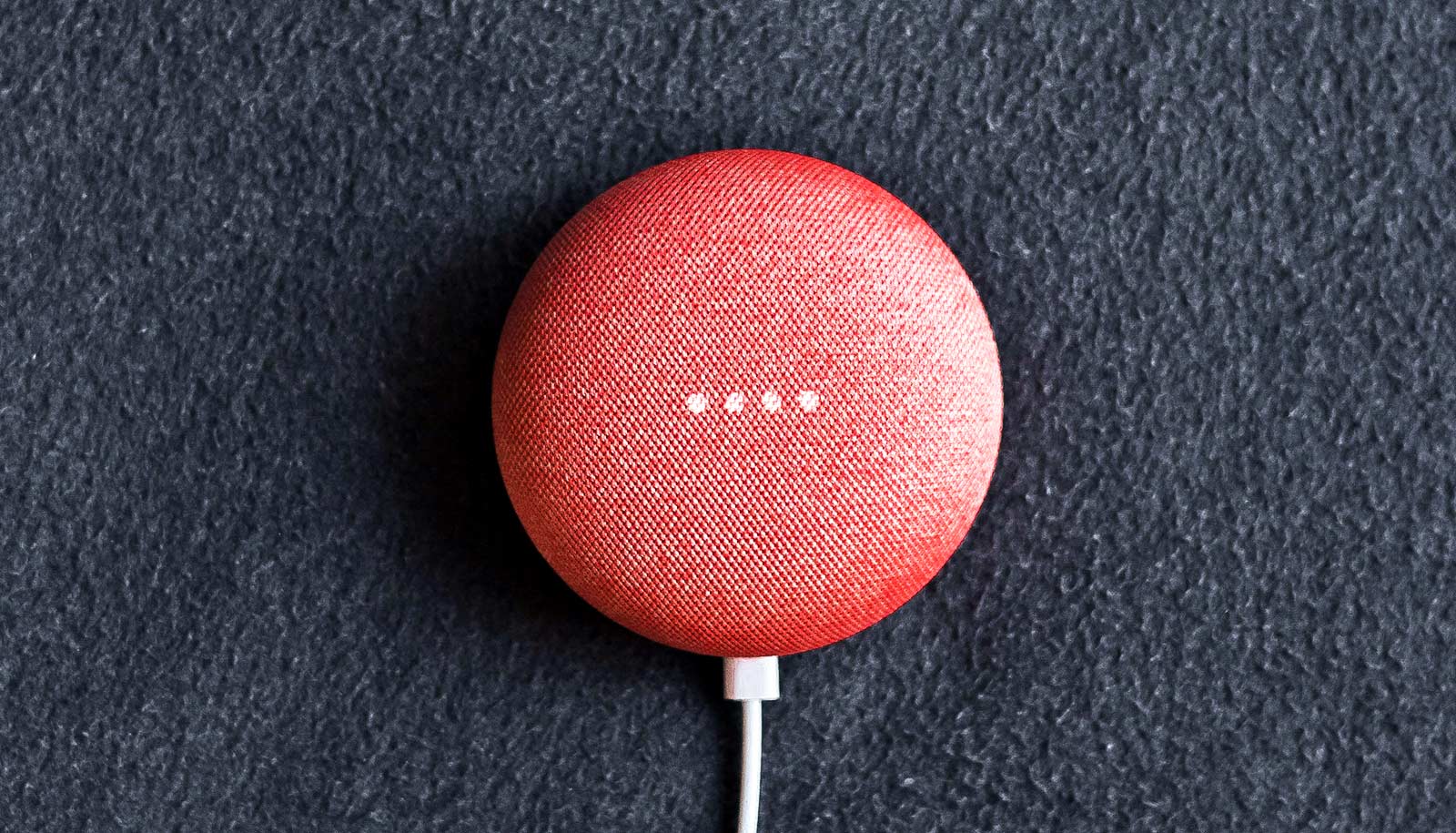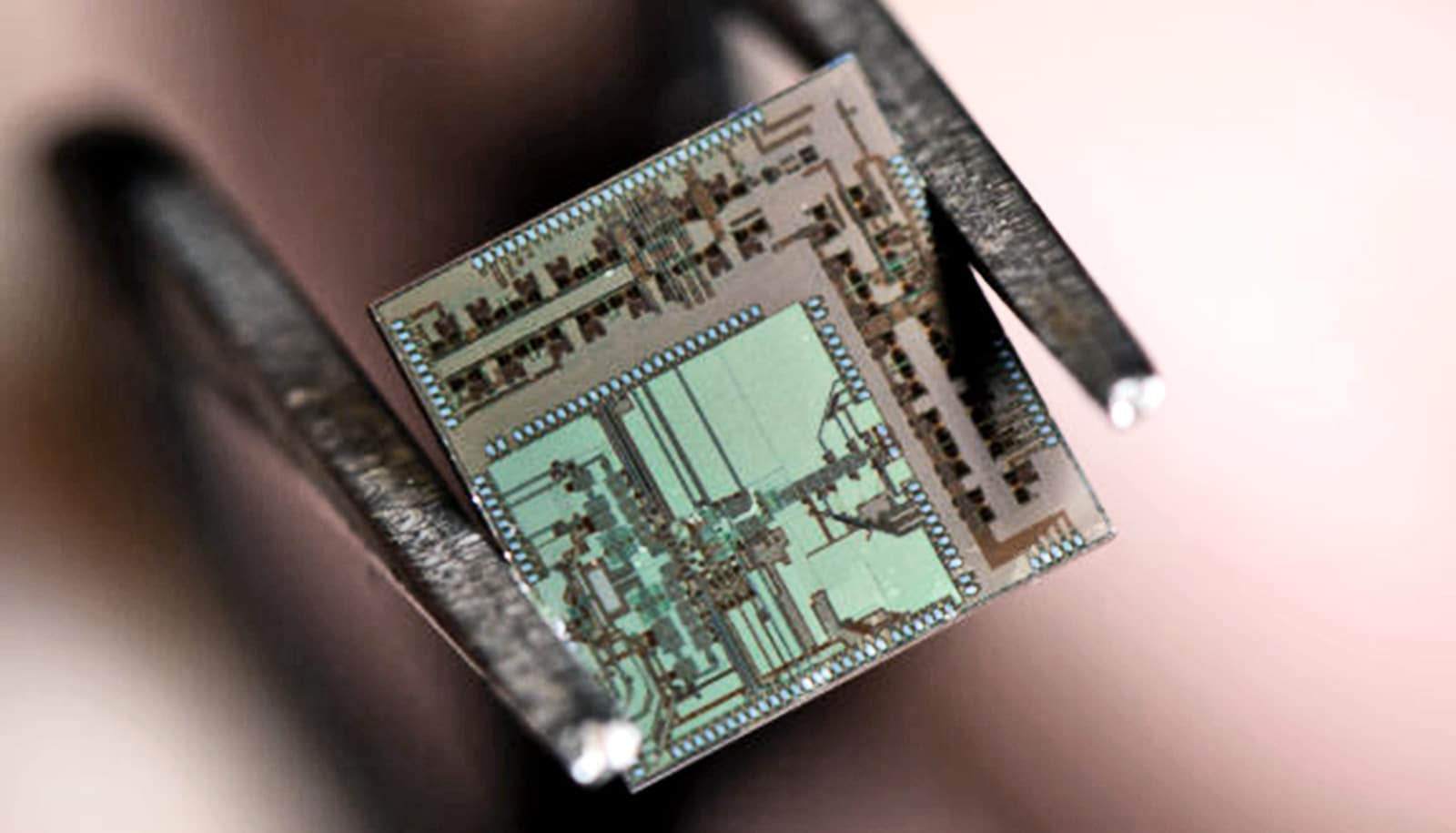A new method for sending data can circumvent a limitation in WiFi, researchers report.
WiFi was originally designed for high-speed data communications. The Institute of Electrical and Electronics Engineers (IEEE) set the standards for communications—that’s the 802.11 protocol, a familiar number on many wireless routers.
According to the protocol, once a device is unable to send at least one megabit per second (Mbps), it is “out of range.” Even if it were physically possible to send, say, a half megabit per second, the protocol won’t allow it.
Neal Patwari, an electrical and systems engineer and computer scientist at the McKelvey School of Engineering at Washington University in St. Louis, has been working with a group using sensors to continuously collect indoor air quality data from the homes of volunteers.
But when researchers stopped receiving data, there wasn’t a way to determine whether a sensor had been unplugged, or if something was interfering with the WiFi signal. They just needed to send a small ping, a tiny bit of data, but that was the problem—the protocol wouldn’t allow it.
“We were trying to figure out, can we send lower rate data from a WiFi device even though it’s not part of the protocol, using the same hardware?” says Patwari, professor of electrical and systems engineering and of computer science and engineering.
Indeed, they found a way.
The frustration of WiFi
For their study regarding how indoor air quality affected asthma rates, the researchers needed lots of data from lots of homes with asthmatic children over a long period of time.
Research participants agreed to have air quality sensors in their homes. The sensors transmitted data to the researchers via WiFi, and were expected to do so for a year.
“This is a problem,” Patwari says. “If you’ve ever had to set up and maintain a wireless network, you know that it requires some work every once in a while if something goes wrong.”
Something will always go wrong, and, after lots of communication back and forth with participants to fix things, researchers worried that the challenges would cause participants to drop out.
Patwari experienced this frustration himself, when he put a sensor in his bedroom, across the house from his wireless router. His former student, Philip Lundrigan, also an author of the study, called when the link went down. When he went to check on the router, he had to move a basket of laundry out of the way.
Suddenly, the connection to the sensor was restored.
“It was the laundry basket,” he says, “and it was clean laundry!”
It wasn’t that the laundry had formed an impenetrable wall and the WiFi signal was stopped dead in its tracks. Rather, since the sensor was far away from the router, any small perturbation kicked the data transfer rate below 1 Mbps—the lowest transfer rate allowed by the protocol. So communication was cut off.
The situation the researchers were trying to address didn’t require that much data, though. They were just trying to find a way to figure out if the connection had been terminated, or if the sensor had been unplugged. For this purpose, instead of treating the transmitter as something that sent data, Patwari decided to consider it as something that sent noise.
Our noisy homes
Modern homes are awash in wireless noise—from computers to televisions to stereos to cell phones—the signals are everywhere. The team, led by Lundrigan, assistant professor at Brigham Young University, thought they could use this to their advantage. They programmed into the WiFi sensor a series of 1s and 0s, essentially turning the signal on and off in a specific pattern. The router could distinguish this pattern from the surrounding wireless noise.
So even if the sensor’s data wasn’t being received, the router could pick out that pattern in the ambient noise and know that the sensor was still transmitting something.
The process isn’t entirely straightforward; some noise is louder than other noise, so the team had to devise a way to quiet some of the loudest noise in order to spot the sensor’s hidden message. Nearby signals—say, the television next to the router—were canceled out. By analyzing just a few weaker signals, it becomes much easier to pick out the pattern being sent by the sensor.
“If the access point hears this code, it says, ‘OK, I know the sensor is still alive and trying to reach me, it’s just out of range,'” Patwari says. “It’s basically sending one bit of information that says it’s alive.”
The team eventually showed that the code could be transmitted even further than the edge of the WiFi data range—twice as far away, in fact.
“Even when the laundry basket is in the way and the link can’t send data at the 1 Mbps rate, it can still send this code,” Patwari says, “and your router then knows that the sensor is alive and transmitting. The researcher can rest easy knowing that the sensor is still collecting data, and eventually they’ll get their air quality data.”
This is just the beginning for the new innovation. It might be able to make so-called “long range” wireless protocols even longer range, according to Lundrigan, or be used on top of other wireless technology such as bluetooth or cellular.
“We can send and receive data regardless of what WiFi is doing,” Lundrigan says. “All we need is the ability to transmit energy and then receive noise measurements.”
The researchers presented the results of their research at ACM MobiCom 2019. Sneha K. Kasera, a professor at the University of Utah, also contributed to the work.
The National Institute of Biomedical Imaging and Bioengineering (NIBIB) supports the project on indoor air quality.



